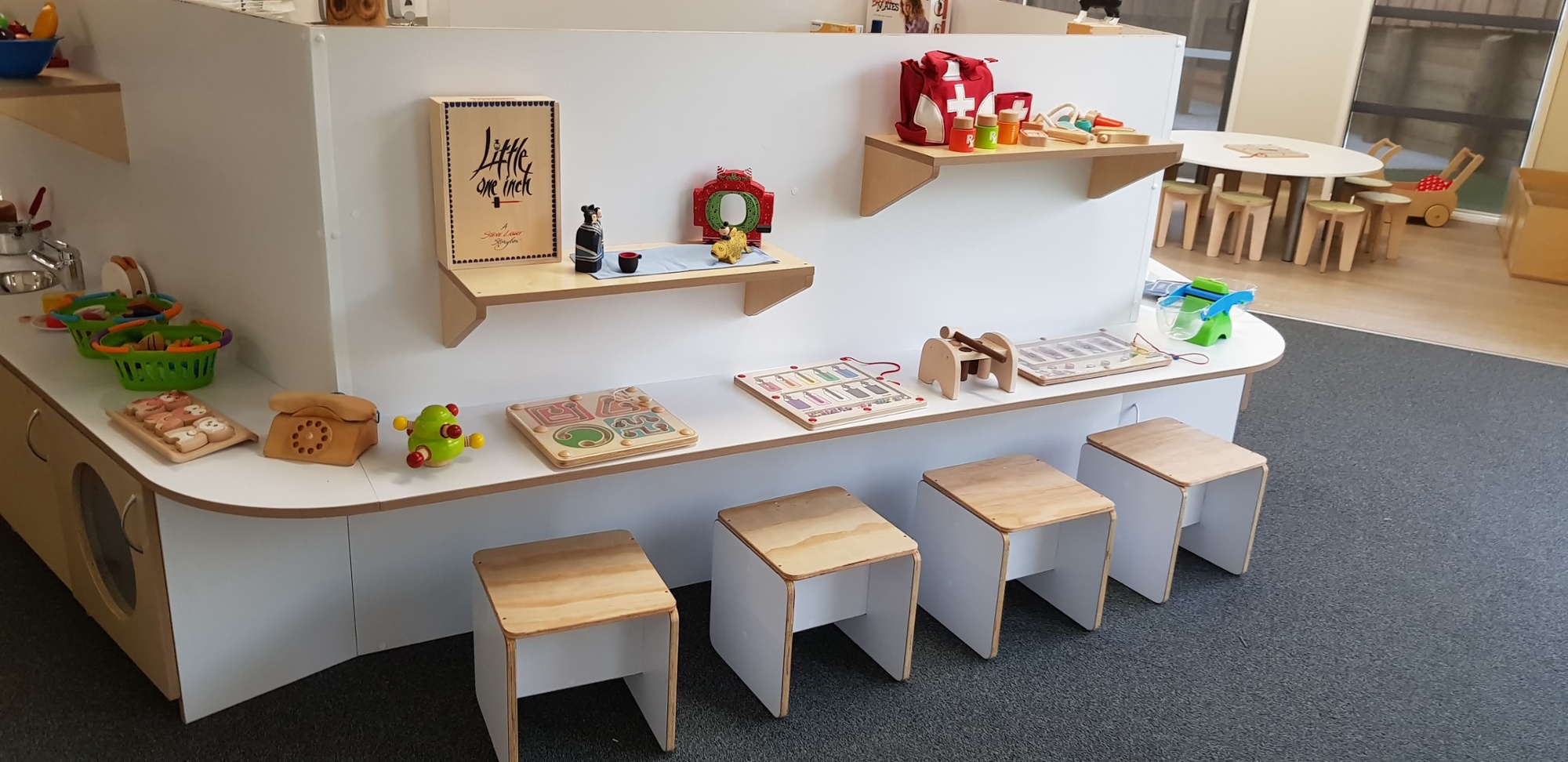
The early childhood education sector is booming. Figures show there are currently around 4,500 licensed services across New Zealand with education and care centres making up the majority of that figure. In 2018, the Ministry of Education Annual ECE Census, found that more than 60% of 0-4 year-olds attended a licensed ECE service during the week and the average weekly attendance time tops 21 hours.
With increasing competition and parents becoming increasingly knowledgeable and discerning about choosing an early childhood centre for their children, it is important for your centre to stand out from the crowd - in a good way.
This may become even more important in the future with the Ministry of Education considering a more stringent process on assessing the need for new centres in any area under its draft Early Learning 10 Year Strategic Plan.
Under the planned changes, before allowing a new centre to open the Ministry may:
- Look at population statistics and forecasts to determine provision needs
- Carefully consider the current mix of services and whether they are already meeting local needs
- Consider whether a community-led service might be a better option
- Consult local government and iwi to ascertain the need for future services
Poorly performing services may also be closed or prevented from expansion - another reason to make sure your centre is doing things in the right way.
There are many ways to stand out - but supporting your local community’s needs is one of the best.
You can differentiate your centre in many ways. You may choose to follow a certain childcare philosophy. You may offer extras such as meals or after-school care for older children. You may highlight the fact that all your teachers are qualified.
But one of the most simple and best ways to show your centre is a good one, is simply to make sure it is fully meeting the needs of the local community and cultures.
The best way of making sure your centre reflects the needs of your community is to talk to the parents of children who attend and see how they feel. You might also talk to other local families and community group leaders. This way you can learn how your centre can fill any potential gaps and reinforce what is already going well.
Practical Examples
Some ways in which your centre might be able to customise its offering to benefit local families:
- If your service is in an area where children do not have much space to play outside at home, provide a good outdoor area at the centre. Or introduce other elements of nature such as indoor plants or a natural grass wall.
- If your service is in an area where child obesity and illnesses are prevalent, introduce healthy initiatives at the centre. Have a small veggie garden or provide equipment so you can hold regular cooking or fitness sessions.
- If your service has many families where English is a second language or where parents do not have a high level of education, offer extra resources to help children master basic English words and numbers to help with the transition to school.
- If large families are the norm and children are involved in everyday activities like helping to look after younger siblings, have equipment to allow them to replicate those activities at the centre so they feel at home.
- Invite families to the centre to help develop their own skills.
- Celebrate cultures by using different languages and celebrating special cultural days and traditions.
Once you have engaged with your community and have an idea of what the local needs and values are, you can begin to customise your centre to more closely match these. Remember, if you have a diverse community you may need to explore a number of options to cater to different needs.
Begin by deciding on the layout for your centre and making sure that it accommodates the needs of different ages and stages both inside and outside. Think about how it will match the local customs. For example if you have a large number of Maori or Pacific Island families you might want to put more focus on a communal eating area.

One other good way to make your centre stand out, is to make it a more homely setting. No matter the size of your centre, aim to create a home away from home. In your layout, look for ways to have smaller quiet areas and choose furniture that is comfy and cosy, while still easy to clean and keep safe.
Then think about furniture choices both for storage and for the children to use. Finally think about the range of play equipment and toys you would like to offer.
Remember that parents may visit many early childhood centres in the area before they decide which one to send their child to. Your ethos and staff group will play a large part in their decision but so will the look of your centre and how well equipped it is. With our help you can make your centre not only fit for purpose but also unique.
Sources:
The MoE Early Learning 10 Year Strategic Plan - relevant part is Goal 4



